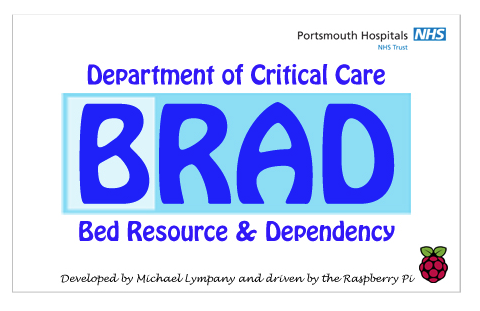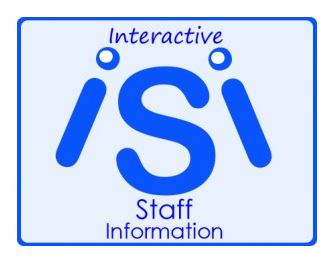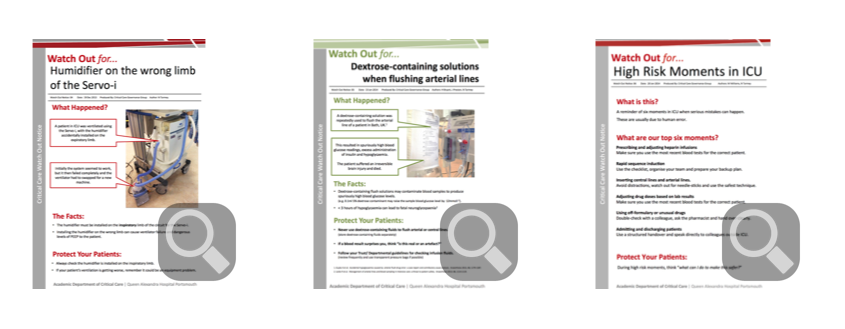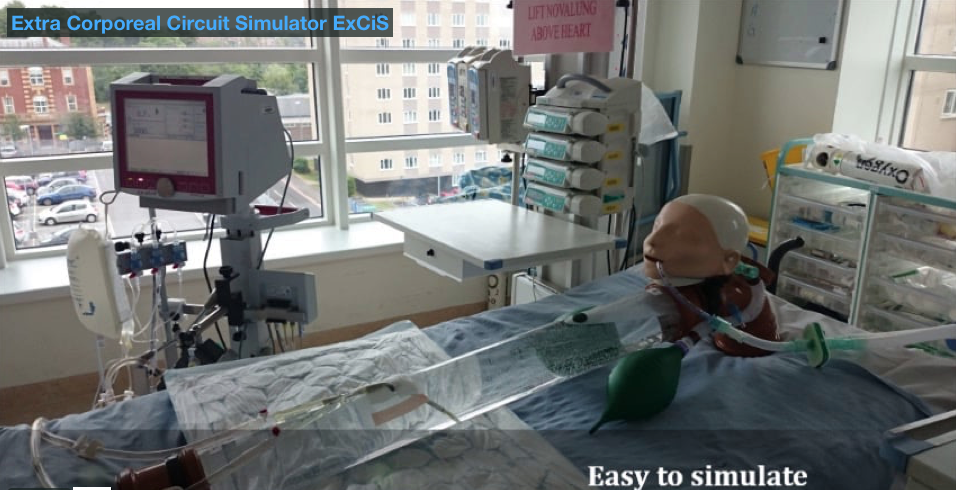Innovations
Presentation slides and a blog post about some of our innovations from a talk given by Steve Mathieu (Royal College of Emergency Medicine Scientific Meeting 2016) are available here from 22nd Sept 2016
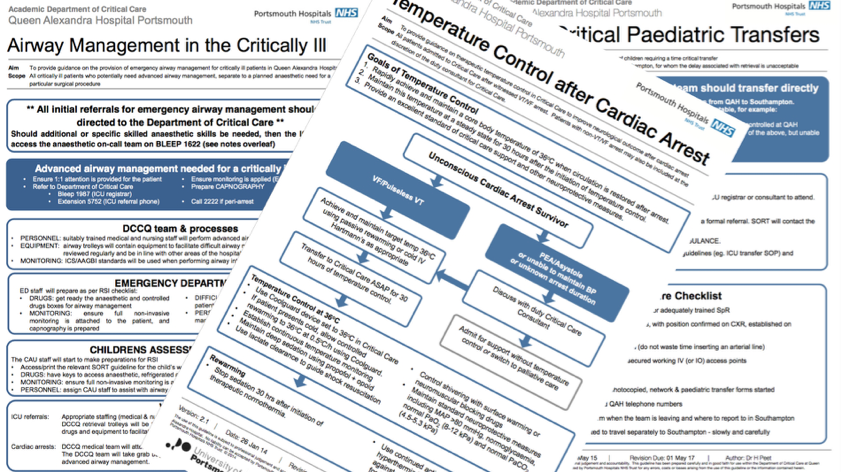
An inherent component of this is simulation to build team work and mitigate the effect of human factors. There are high definition simulators housed in simulation suites available on the market costing several thousand pounds. These systems are designed and have the capability of delivering a more real-life experience. However, when the issues are related to teaching the mechanics of safe aseptic cannulation, circuit set up, circuit connection and manipulation, simple circuit related troubleshooting and practising circuit complication drills, that level of complexity may not be wanted or required.
When a simulator was required to commission the ILA Activve® extracorporeal circuit purchased to use on patients with respiratory failure in the Critical Department at Queen Alexandra Hospital Dr Kayode Adeniji developed the Extra corporeal circuit sumulator (ExCiS). It represents a cheap alternative to the high fidelity type simulators. It is a re-useable blood volume capacitor that can be repeatedly cannulated and used to demonstrate the setup and running of any kind of extracorporeal circuit (ECMO, ECCO2R, Cardiac Bypass, Renal dialysis, etc.) with components that can be purchased at any local hardware store and put together in your garage.
Though it was designed for simulation on the ilA Activve® ,it can be utilised to model the team-work and procedures needed to manage any extra corporeal circuit and is eminently configurable to the requirements at your institution.
A guidebook and instructional video are available by clicking the image below
This web site is intended to provide information on the Critical Care Department at Queen Alexandra Hospital and access to the department guideline is available for healthcare professionals. The organisation requires that any changes intended on those guidelines are communicated to the department and excludes any responsibility for the use of those guidelines by any Trust personnel or third parties. All reasonable measures have been taken to ensure the quality and accuracy of the information. However, the department may change, delete, add to or otherwise amend information contained in this website. While the Department has taken care to provide accurate information, this website is a general guide and is not a substitute for clinical advice. This website has been prepared carefully and in good faith, the Department is not liable for any errors, costs or losses arising from use of this website or the information contained herein.

